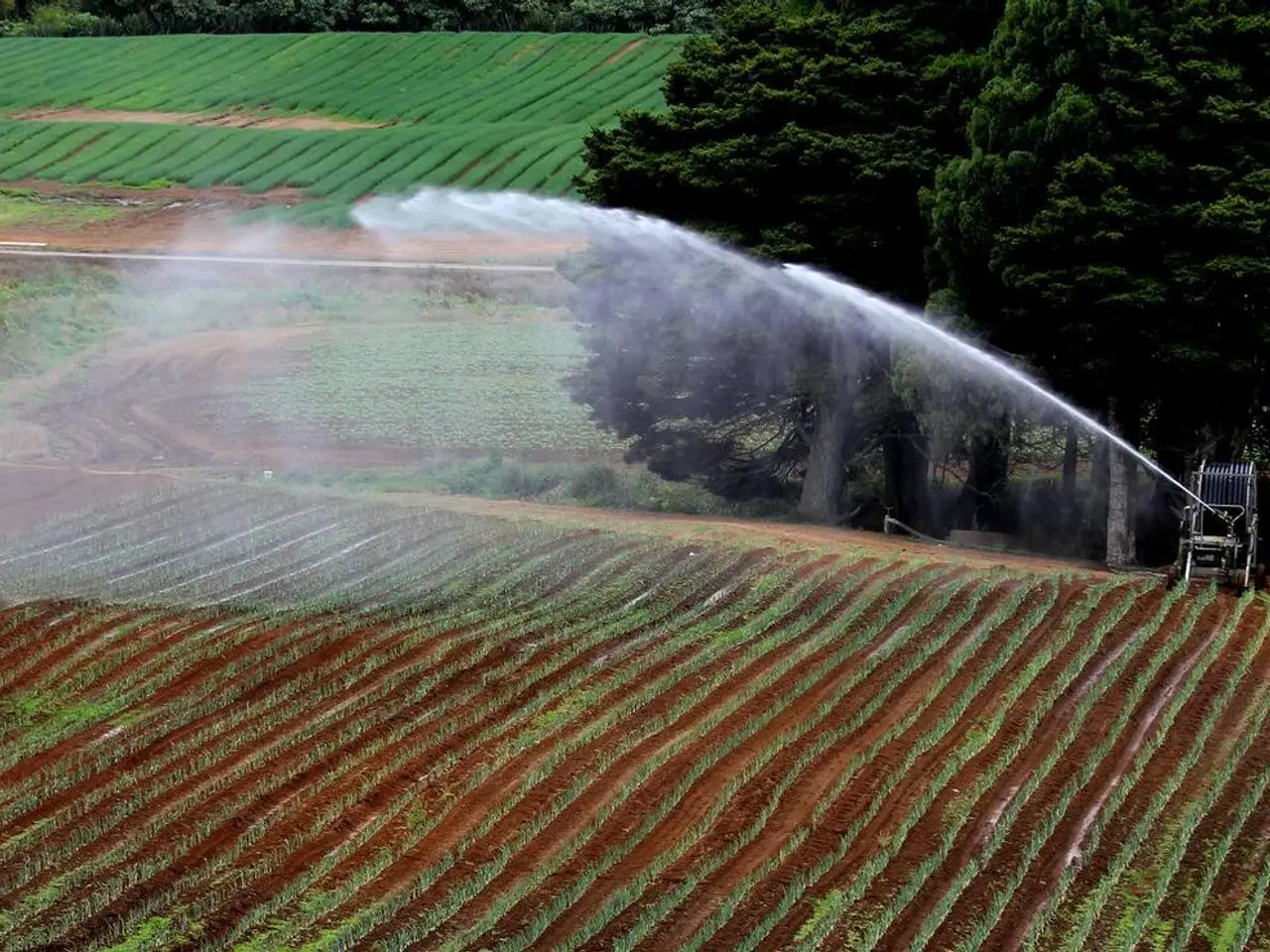Rotate Your Veggie Plot Crops for Optimized Yield
Breaking down the small veggie plot dilemma, is rotating your crops year after year really worth the hassle? This Quick Tips guide walks you through the significance of maintaining a healthy and thriving soil ecosystem, plus offers tips on combating pests and diseases without going overboard. Here's the lowdown on space-friendly crops that'll boost your yield.
Why Rotate, You Ask?
Rotating your crops comes with several perks, even for the smallest plots. It helps control pesky critters and diseases, keeps the soil nutrient-rich, and promotes a harmonious ecosystem. Though it's often associated with large-scale agriculture, the principles apply just as well to that cozy, one-meter square plot.
So, what's the deal with crop rotation? Well, here's the skinny:
- Keep Pests and Diseases at Bay: Rotating vegetables breaks the cycles of pests and diseases that plague specific plant families, reducing overall impact over time. For example, rotating legumes and cereals can minimize nematode and fungal infestations[2].
- Soil Fertility and Structure: Swapping out crops with differing nutritional demands and root structures helps sustain a balanced and thriving soil community. Legumes, like peas and beans, are nitrogen fixers, enriching the soil for future grow-ops, while deep-rooting plants like carrots enhance soil aeration and structure. Rotating crops stimulates microbial life, improves water infiltration, and keeps nutrients in check[2][5].
- Higher Yields and Vibrant Plants: A healthier soil means stronger, more resilient plants that can yield bountiful harvests[2]. By lowering disease and pest pressure and fostering an ideal growing environment, crop rotation boosts plant vitality and potential returns.
Even the smallest square-foot garden can reap the long-term benefits of thoughtful crop rotation, reducing chemical input needs.
Space-Saving Superstars
When it comes to limited real estate, choosing the right plants can make all the difference. Opt for quick-growing, yield-friendly varieties that can be densely planted or stacked vertically to maximize space utilization.
- Speedy Greens: Lettuce, spinach, and kale are champs at growing rapidly and can be reharvested multiple times.
- Root Munchers: Radishes, carrots, and baby beets ground down expertise in compact spaces with short maturity times.
- Bush Beans: Peas and beans are nitrogen fixers that don't require much space.
- Mini Fruiting Stars: Dwarf cherry tomatoes or pepper varieties thrive in soil with adequate depth and sunlight.
- Space-Efficient Herbs: Basil, cilantro, and parsley occupy minimal space and add delightful aroma and flavor to your meals.
- Stack and Save: Peas, beans, and cucumbers can be grown vertically on trellises to save precious ground space[4].
The secret to making the most of limited space is employing square-foot gardening tactics: planting crops based on their mature size and spacing requirements for optimal space efficiency and soil health[4]. So, get ready to rotate and grow your way to a thriving, bountiful garden.
- In addition to the larger-scale benefits, rotating crops can significantly contribute to the health and thriving of even the smallest vegetable plots, helping control pests, maintain soil nutrients, and support a harmonious ecosystem.
- By rotating crops with differing nutritional demands and root structures, gardeners can keep the soil microbial life thriving, improve water infiltration, and create a balanced and suitable environment for vibrant plants, ultimately boosting yields.
- For gardening enthusiasts with limited space, choosing quick-growing, yield-friendly plants such as lettuce, carrots, dwarf cherry tomatoes, and herbs like basil can maximize space utilization and lead to bountiful harvests through the practice of crop rotation.








